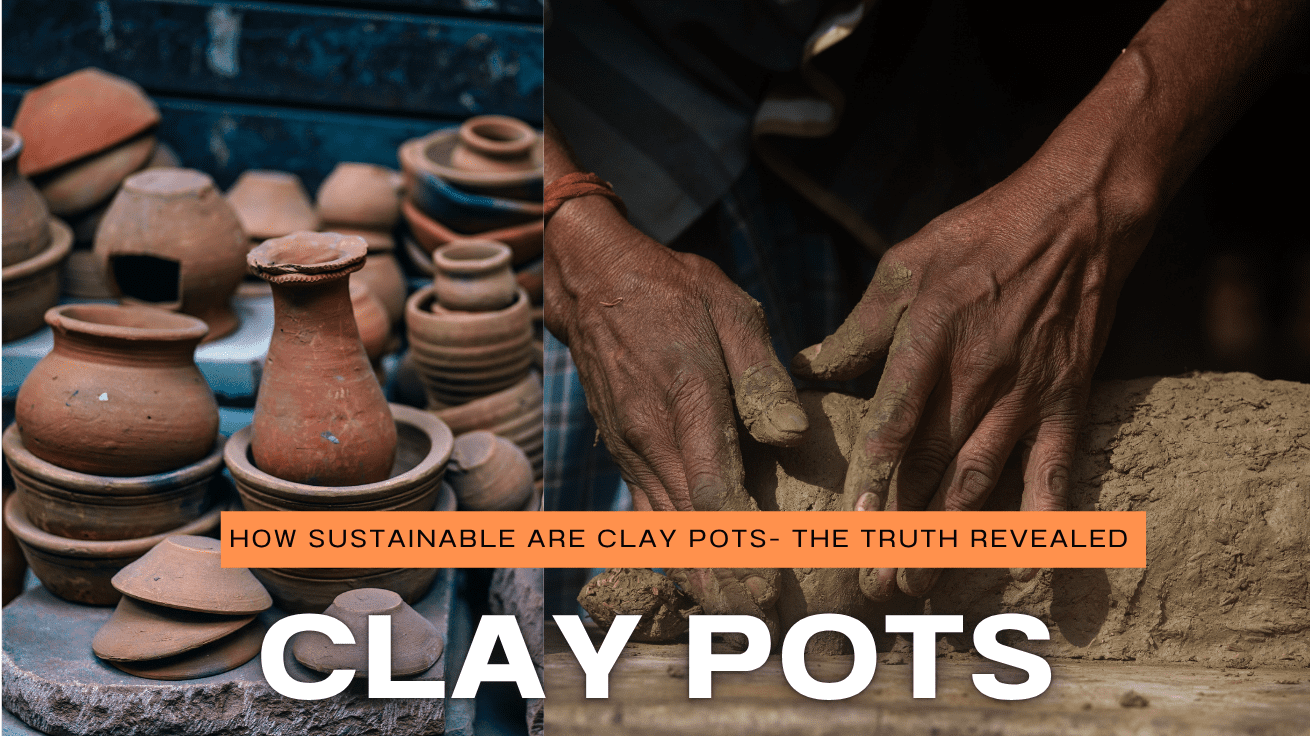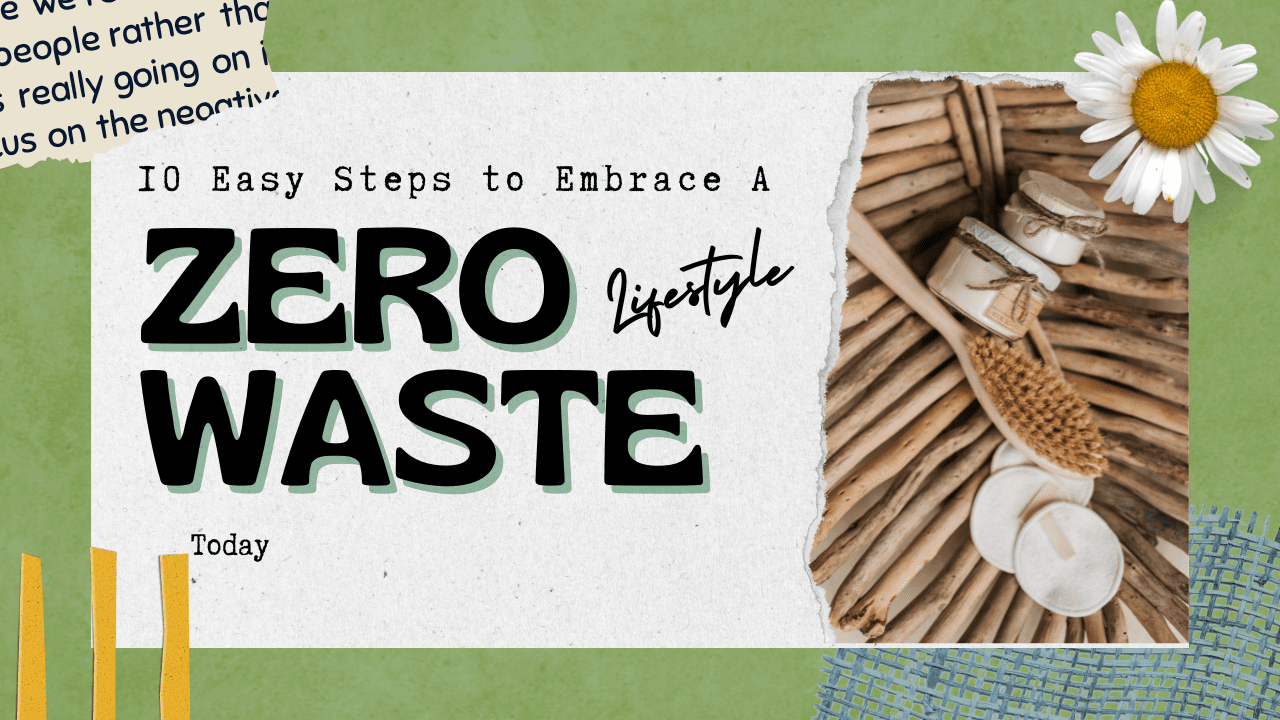It’s a common scene at the garden centre: a vast array of pots, and those earthy, terracotta ones often feel like the most natural choice. It’s easy to assume that ‘natural’ automatically translates to ‘eco-friendly.’ But when it comes to the trusty clay pot, the story has a few more layers than one might initially think. So, how sustainable are clay pots, really? This is a question many environmentally conscious consumers ask as they strive to make greener choices in their homes and gardens. The classic look and the benefits clay pots offer to plants are undeniable, but what’s the true environmental cost behind each one?
For centuries, clay has been a go-to material for vessels of all kinds, a tradition stretching back thousands of years. However, in an age where every purchase comes under environmental scrutiny, even these ancient staples are being examined. This deep dive will unearth the journey of a clay pot, from its origins in the earth to its place in a home—and what happens after. It will explore the energy required to make them, the resources they consume, and how they compare to other options. More importantly, it will offer practical tips to help consumers choose and use clay pots in a way that’s kinder to the planet. Let’s dig in!
Table of Contents
ToggleThe Journey of a Clay Pot: From Earth to Your Home (And Beyond)
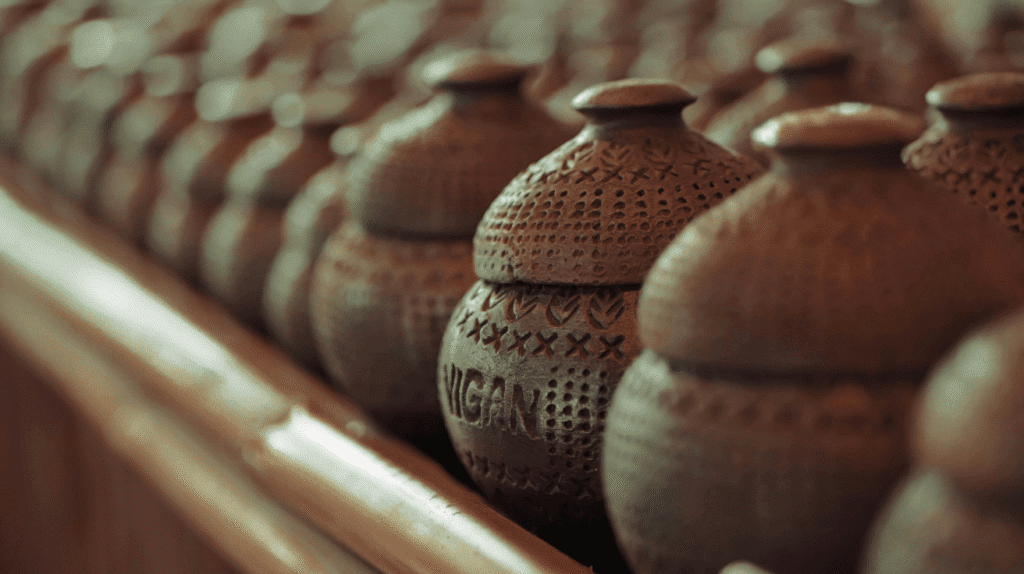
The lifecycle of a clay pot, from its raw material extraction to its eventual disposal, involves several stages, each with environmental touchpoints. Understanding this journey is crucial to assessing its overall sustainability. The “natural” origin of clay is appealing, but the transformation into a durable pot involves industrial processes that carry an environmental load.
Mining the Clay – The First Footprint
The primary raw material for clay pots, clay itself, is a natural and abundant resource. This abundance is often highlighted as a key sustainability advantage. However, the process of extracting clay from the earth is not without its consequences. Mining operations can lead to significant environmental disturbances, including habitat destruction and alteration of landscapes. As one source starkly puts it, mining “strips nonrenewable resources from the earth resulting in some negative effects which can include; Biodiversity loss, Soil erosion, Contamination of surface water, Formation of sinkholes”.
Soil erosion and the depletion of other natural resources are also concerns associated with clay extraction. Furthermore, the mining process can release pollutants into the air and water, with some reports noting substances like lead and barium. The impact can vary significantly depending on the practices employed; irresponsible mining can have long-lasting environmental consequences, while ethical and sustainable mining practices, often associated with locally sourced clays, can mitigate some of these effects. This initial stage sets the baseline environmental cost; even an “abundant” resource has an extraction toll that must be considered.
Firing Up the Kiln – Energy, Emissions, and Water
Transforming soft, pliable clay into a hard, durable pot requires firing at extremely high temperatures. This process is, by its nature, highly energy-intensive. Kilns typically need to reach temperatures exceeding 1,000 degrees Celsius (1,832 degrees Fahrenheit) to achieve the necessary vitrification. Traditionally, these kilns are fueled by natural gas, coal, or wood, all of which have environmental implications. A critical point is that “Most of the pottery and ceramic CO₂ emissions come from its use of gas and coal ovens. One study showed that on average, 74% of the carbon footprint of ceramics comes from the firing process”. This high energy consumption directly translates into greenhouse gas emissions, contributing to the overall carbon footprint of clay pots. Studies attempting to quantify this footprint show variability; one village study indicated a range of 1.88 – 2.07 kg CO2-eq per pottery product , while another assessment of a ceramic piece (a mug, but indicative of the firing impact) calculated the firing stage alone contributed 1.4 kg CO2 to a 1.9 kg CO2 cradle-to-gate footprint. The choice of fuel is significant, as substituting coal with natural gas or diesel can reduce CO2 emissions.
Beyond energy, water consumption is another factor. Pottery production requires substantial amounts of water for preparing the clay, shaping the pots, and cleaning equipment. Some pottery studios can consume large volumes of water. To address this, sustainable practices like implementing closed-loop water systems, recycling water, and minimizing overall usage are being adopted by conscientious potters. One practical tip is to use “dirty” water (water already used for initial rinsing, for example) for tasks that don’t require pristine water, like moistening clay. The firing stage, therefore, represents arguably the most significant environmental hurdle in clay pot production due to its substantial energy demands and associated emissions. The natural simplicity of clay is thus counteracted by the high-energy, transformative process required to make it durable.
Glazes and Finishes – Beauty at What Cost?
Glazes are often applied to clay pots to add color, texture, and to reduce porosity, making them waterproof. While aesthetically pleasing and sometimes functional, traditional glazes can pose environmental and health risks. Many conventional glazes contain harmful heavy metals such as lead, cadmium, and barium. These toxic substances can leach into the environment during the manufacturing process or if the pottery is improperly discarded. For clay cookware, this is a direct health concern, as these metals can migrate into food, especially when heated. It’s explicitly advised to “Make sure you buy unglazed clay for cooking. Glazing generally has higher lead content and is not recommended for cookware”.
Recognizing these dangers, there’s a significant shift within the pottery community towards using non-toxic, lead-free glazes and finishes. Some potters are even exploring locally sourced materials like wood ash for glazes, reducing the embodied energy of these components. The choice of glaze is critical; it can determine whether a “natural” pot remains a benign product or becomes a source of toxic pollution. This also links water usage in pottery to chemical safety; if water used in glazing or cleaning isn’t managed correctly, these toxins can enter waterways, an often-overlooked impact.
The Shipping Story – Getting Pots to You
The final stage before a clay pot reaches a consumer is transportation. Clay pots are relatively heavy and bulky items. Moving them, whether as raw materials to the potter or as finished products to retailers and customers, contributes to carbon emissions, primarily from fuel consumption. While shipping, in general, is a large contributor to global carbon pollution , its impact on a specific pot depends heavily on distance. Locally sourced materials and pots sold within local markets significantly reduce this transportation footprint. As one ceramicist notes, “Pottery often has a lower carbon footprint… when produced locally”.
In addition to transport emissions, packaging used to protect these fragile items during transit can also add to the environmental burden, especially if it involves non-recyclable materials like plastic bubble wrap or foam. The “buy local” principle is particularly pertinent for products like clay pots to minimize their embodied energy from transport. The sustainability of even a traditionally made product is thus intertwined with modern industrial systems like global shipping networks and fossil-fuel-dependent energy grids.
How Sustainable Are Clay Pots, Really? Weighing the Pros and Cons
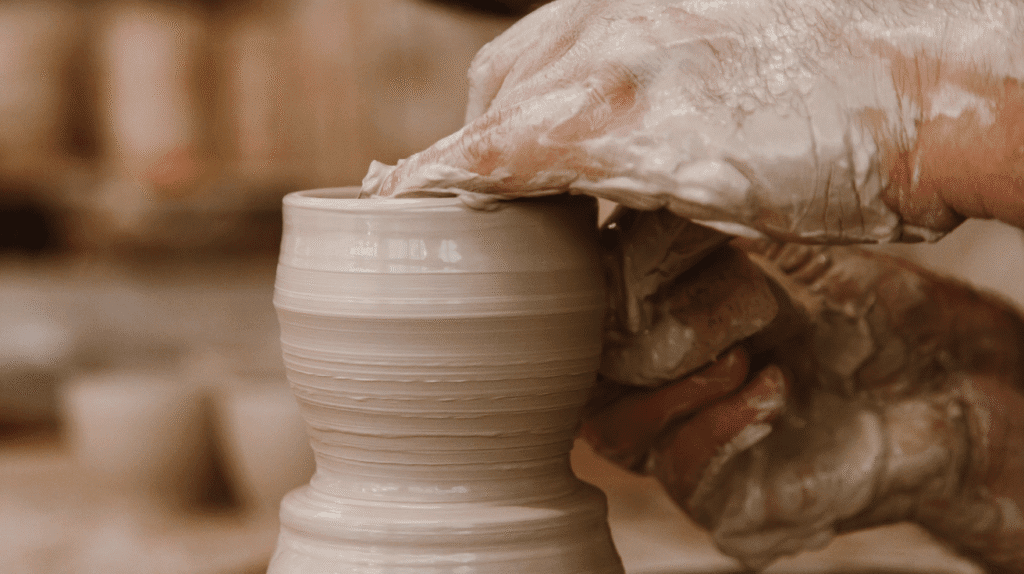
Having journeyed through the lifecycle of a clay pot, it’s time to directly address the central question: How sustainable are clay pots? The answer isn’t a simple yes or no; it involves balancing their inherent benefits against their production impacts and end-of-life considerations.
The Upsides – Why Clay Pots Are Appreciated
Clay pots offer several advantages from both functional and environmental perspectives:
- Natural Material & Biodegradability (with caveats): Clay is derived from the earth, an abundant resource. A significant appeal is their potential to biodegrade, eventually breaking down and returning to the soil, unlike plastics which persist for centuries. While fired clay’s chemical composition is irreversibly changed , and the full decomposition process can take many years , they don’t pollute in the same way synthetic materials do. Some sources state earthen pots decompose back to nature without polluting the environment.
- Excellent for Plant Health: This is a major reason for their popularity among gardeners.
- Porosity: The porous nature of unglazed clay, especially terracotta, allows air and water to pass through the pot’s walls. This promotes healthy root development by providing oxygen and helps prevent overwatering and subsequent root rot.
- Good Drainage: This characteristic is vital for many plant species that cannot tolerate waterlogged soil.
- Temperature Regulation: Clay pots can help keep soil cooler in warm weather by allowing evaporative cooling.
- Durability and Longevity (If Cared For): High-quality, well-fired ceramic pots can last for decades, even generations, reducing the need for frequent replacements and the associated waste. As one source poetically notes, “pots only get better as they age”. This longevity offers significant value compared to less durable alternatives.
- Health Benefits (Primarily for Clay Cookware): When it comes to cooking, unglazed, pure clay pots are lauded for their health advantages.
- Non-Toxic Cooking: Pure clay is naturally inert and doesn’t leach harmful chemicals into food, unlike some metal or coated cookware.
- Nutrient Retention: The porous structure allows for even, slow cooking, which helps retain moisture and essential nutrients in food.
- pH Balance: The alkaline nature of clay can help neutralize acidity in foods, potentially making them easier to digest.
- Less Oil Needed: Many clay cooking pots develop a natural non-stick surface over time, reducing the amount of oil required for cooking.
- Aesthetic Appeal & Connection to Nature: Clay pots possess a timeless, natural aesthetic that many find appealing, fostering a sense of connection to the earth.
The Downsides – The Not-So-Green Truths
Despite their benefits, clay pots have several environmental drawbacks:
- Resource-Intensive Production: As detailed earlier, the journey from raw clay to finished pot is demanding.
- Clay Extraction Impacts: Mining can cause habitat disruption and soil erosion.
- High Energy for Firing: Kilns consume significant energy, often from fossil fuels, leading to greenhouse gas emissions.
- Water Consumption: The process uses considerable amounts of water.
- Fragility and Breakage: Clay pots, particularly unglazed terracotta, can be fragile and prone to breaking if dropped or exposed to freezing temperatures when wet. Breakage leads to waste, and if not managed well, these fragments contribute to landfill.
- Recycling Challenges: This is a significant hurdle for the sustainability of fired clay.
- Once clay is fired, its chemical structure is permanently altered. It cannot be melted down and reformed in the same way as glass or some plastics. “After firing, clay cannot, therefore, be turned back into a usable state”.
- Consequently, most municipal curbside recycling programs do not accept ceramic or terracotta pots. From a conventional recycling standpoint, they are often considered waste. The durability that makes them last long also makes them difficult to recycle when their usable life ends.
- Weight and Transportation Emissions: Clay pots are heavier than their plastic counterparts. This means that if transported over long distances, they incur higher carbon emissions per unit due to increased fuel consumption.
- Potential for Toxic Glazes: If not chosen carefully, glazed pots can introduce harmful substances into the environment or, in the case of cookware, into food.
The functional benefit of porosity for plant health can also be linked to a potential sustainability challenge: porous pots dry out faster, which may necessitate more frequent watering in hot or dry climates. This increased water usage can be an environmental concern, especially in water-scarce regions.
Comparison Table: Clay Pots vs. Plastic Pots
To provide a clearer picture, here’s a comparison of clay pots with their most common alternative, plastic pots, across several sustainability metrics:
| Feature | Clay Pots | Plastic Pots |
|---|---|---|
| Raw Material Source | Natural clay; abundant but mining has impacts | Primarily fossil fuels; often non-renewable, extraction impacts |
| Production Energy | High for kiln firing | High for polymerization and molding |
| GHG Emissions (Production) | Significant from firing, fuel-dependent | Significant from manufacturing and raw material processing |
| Lifespan | Potentially very long with proper care; can last decades | Varies greatly; often shorter, prone to UV degradation and becoming brittle |
| Plant Health Benefits | Porous (good aeration/drainage), temperature regulation | Non-porous (can lead to overwatering), heats up quickly in sun |
| End-of-Life Options | Difficult to recycle conventionally; repurposable; very slow to biodegrade | Some types recyclable (e.g., #2, #5) but often not through curbside; landfill persistence, microplastic pollution |
| Weight & Transport | Heavy; higher transport emissions for long distances | Lightweight; lower transport emissions per unit |
| Key Environmental Concerns | Mining impacts, high firing energy, glaze toxicity potential, weight for shipping | Fossil fuel depletion, microplastic pollution, potential chemical leaching, end-of-life persistence |
This table highlights that neither material is a perfect solution. The choice involves trade-offs. Clay pots excel in material origin and plant health benefits but face challenges in production energy and recyclability. Plastic pots are lighter and some are recyclable, but their lifecycle is tied to fossil fuels and they pose risks of plastic pollution.
Making Clay Pots a More Sustainable Choice: Tips for Conscious Consumers
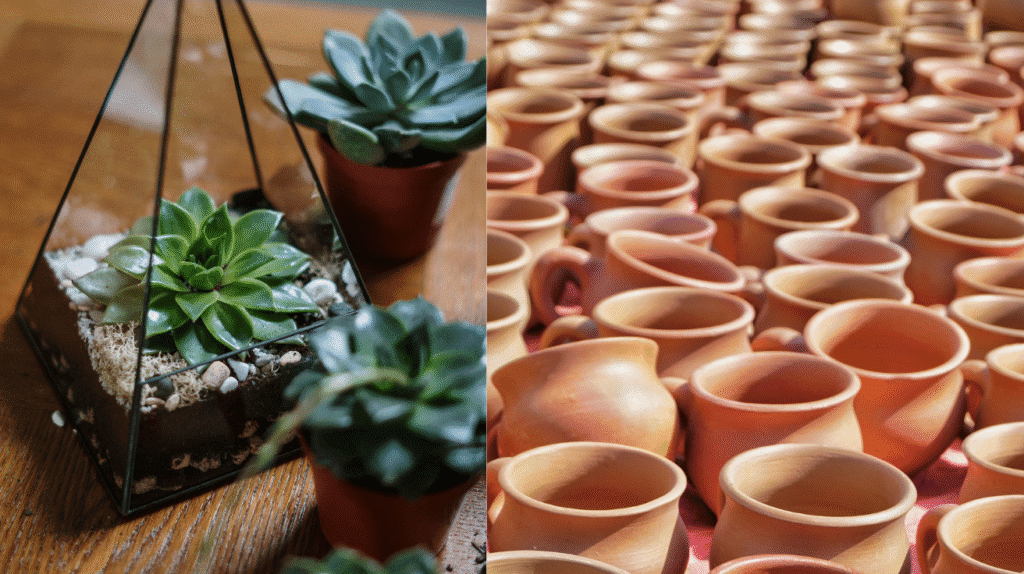
While clay pots have their environmental drawbacks, conscious consumer choices can significantly improve their sustainability profile. The power lies in sourcing smarter, extending their lifespan, and finding creative end-of-life solutions.
Sourcing Smarter – Your Buying Power Matters
- Choose Locally Made: Opting for pots made by local artisans or manufacturers drastically reduces transportation emissions, which is a key factor for heavy items like clay pots. This also supports local economies and craftspeople.
- Support Sustainable Potters: Don’t hesitate to ask potters about their practices.
- Do they use recycled or reclaimed clay? Many sustainable potters make it a point to recycle every scrap of clay.
- Inquire about their kiln efficiency or use of renewable energy. Are they using modern, efficient kilns, or perhaps even solar-powered or wood-fired kilns using sustainably sourced wood?.
- Opt for non-toxic, lead-free glazes, or choose unglazed pots, particularly if they will be used for edible plants or as cookware, or if there are general concerns about environmental leaching. As one source suggests, “One benefit of connecting with a local potter is that you can ask about their sourcing and production practices”.
- Consider “Seconds” or Imperfect Pots: Potters often sell slightly imperfect pieces at a discount. These “seconds” are usually perfectly functional and buying them helps reduce waste from the potter’s studio.
- Look for Certifications (if available): For clay cookware, certifications indicating that items are lead- and cadmium-free provide an extra layer of assurance.
Extending Lifespan – Love Your Pots Longer
The longer a pot is used, the lower its environmental impact per year of use.
- Proper Handling: Simple care, like avoiding dropping or banging them, can prevent premature breakage.
- Winter Protection (for terracotta in cold climates): Terracotta is porous, and if water within the clay freezes and expands, it can cause the pot to crack or flake. To prevent this, store pots empty and dry in a sheltered location like a shed or garage during freezing weather, or bring planted pots indoors.
- Cleaning: Gentle cleaning can prevent mineral buildup that might, over a very long time, affect the pot’s integrity. It’s advisable to avoid harsh chemicals.
Consider a hypothetical individual, Sarah, who inherited her grandmother’s collection of terracotta pots. Some were chipped and moss-covered, but Sarah didn’t see flaws; she saw history. By carefully cleaning them each spring and ensuring they were protected from harsh frosts each winter, she’s ensuring these family treasures will continue to host vibrant blooms for her own grandchildren. This is a testament to how long clay can last with a bit of love and care, significantly reducing the need for new purchases.
Creative End-of-Life Solutions – Beyond the Bin
The reality is that fired clay is generally not accepted in municipal recycling programs. So, what to do when a beloved clay pot eventually breaks? Repurpose, repurpose, repurpose! This is by far the most sustainable option.
- Drainage in Other Pots: Broken pieces, often called “crocks,” are excellent for placing at the bottom of larger pots to improve drainage and prevent waterlogging.
- Mulch: Crushed clay pot fragments can be used as a decorative and water-retaining mulch in garden beds or around potted plants.
- Garden Art/Pathways: Get creative! Use larger pieces for garden edging, create mosaic patterns on stepping stones, or even paint them to use as plant labels.
- Improve Compost Aeration: Adding small, crushed pieces to a compost pile can help improve its structure and aeration.
Before one even thinks of tossing a broken clay pot into the trash, it’s worth grabbing a hammer (and safety glasses!) and considering how those pieces can be given a second life in the garden. It’s a small act that keeps waste out of landfills and adds character to a green space. This hands-on engagement with a material’s end-of-life can also foster a stronger appreciation for material value and the principles of a circular economy.
The Future of Clay: Innovations in Sustainable Pottery
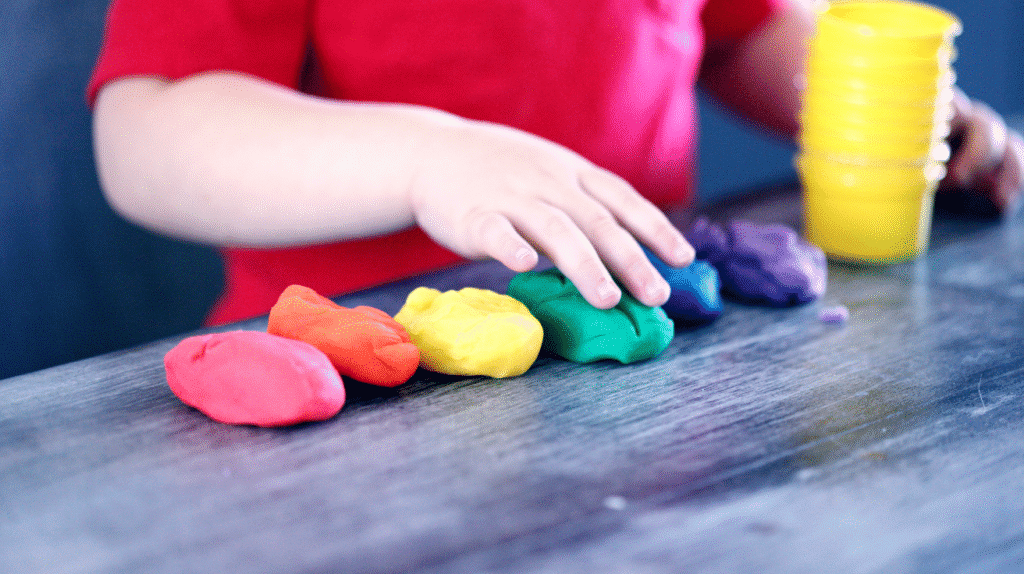
The pottery community is increasingly recognizing the importance of sustainability and is actively seeking and implementing solutions to reduce its environmental impact. This isn’t just about individual efforts anymore; it’s about systemic changes and innovations.
- Emerging Technologies & Practices:
- Energy-Efficient Kilns: Modern kiln designs incorporate better insulation and more precise controls to reduce energy consumption.
- Renewable Energy Sources: The use of solar-powered kilns is an emerging technology that significantly cuts down reliance on fossil fuels. Biofuel kilns and wood-fired kilns using sustainably harvested wood are other alternatives gaining traction.
- Low-Fire Techniques: Developing and using glazes and clay bodies that mature at lower temperatures can result in substantial energy savings during firing.
- Recycled & Alternative Materials: There’s a growing emphasis on using reclaimed and recycled clay to reduce the demand for virgin materials. Some artisans are also experimenting with incorporating other waste materials, such as recycled glass, into glazes or even the clay body itself, adding unique aesthetics while diverting waste.
- Circular Economy Models in Ceramics: The concept of a circular economy, which aims to eliminate waste and keep materials in use, is taking root in the ceramics world. This includes designing pots for durability and potential repair, and some studios are exploring take-back schemes for old or broken pots, which can then be crushed and used as grog (a tempering material) in new clay mixes.
- The Role of Consumer Demand: As consumers become more environmentally conscious, their purchasing decisions send a powerful signal to the market. Increased demand for sustainably produced pottery encourages more artisans and manufacturers to adopt greener practices. Asking questions about how a pot was made can fuel this positive trend. Innovations in sustainable pottery could also inspire similar changes in other ceramic industries, such as tile manufacturing, by demonstrating viable green technologies and material approaches.
Authoritative bodies and initiatives like the “Green Kiln Project” or “Clay for Change” are also playing a role in educating ceramicists and promoting carbon-neutral production methods. Such collective efforts, combined with technological advancements and consumer awareness, are paving the way for a more sustainable future for this ancient craft.
Conclusion: So, Are Clay Pots a Green Thumbs Up?
After sifting through the soil and clay, what’s the final verdict? How sustainable are clay pots? The truth is, clay pots aren’t a simple ‘yes’ or ‘no’ when it comes to eco-friendliness. Their sustainability is nuanced and depends heavily on a range of factors.
Here are the key takeaways:
- Clay pots shine in their use of natural, abundant materials, their undisputed benefits to plant health due to porosity, and their potential for an impressively long life when cared for.
- However, their production, particularly the extraction of clay and the high-energy kiln firing process, carries a significant environmental footprint, including habitat disruption and greenhouse gas emissions. Furthermore, once fired, they are not easily recycled through conventional municipal systems.
- The good news is that the sustainability of a clay pot is hugely influenced by how it’s made (local sourcing, energy-efficient firing, non-toxic glazes) and how it’s used and ultimately disposed of by the consumer. Choosing pots from local, eco-conscious artisans, caring for them to maximize their lifespan, and creatively repurposing them when broken can make a substantial positive difference.
- Ultimately, a thoughtfully chosen, well-loved, and responsibly managed clay pot can indeed be a far more sustainable option than many alternatives, especially its ubiquitous plastic counterpart. The key is for both producers and consumers to be active participants in its green journey.
The journey to understand the sustainability of clay pots serves as a valuable lesson: even “natural” products have a complex lifecycle, and true eco-friendliness often requires looking beyond surface appearances and considering the entire system from production to disposal.
So, the next time a new home for leafy friends is needed, don’t just grab any pot. Ask questions, choose wisely, and get creative with reuse. A garden (and the planet) will offer thanks for it. Ready to make potting practices a bit greener? Consider starting by checking out local potters or trying one of the repurposing ideas for that chipped pot in the shed!
FAQ
Are clay pots environmentally friendly?
It’s a mixed bag. They’re made from natural, abundant clay and can be great for plants. However, mining clay and firing kilns at high temperatures use significant energy and resources, impacting the environment. Their eco-friendliness really hinges on how they’re produced (e.g., local sourcing, efficient kilns, non-toxic glazes) and how they’re disposed of
What is the carbon footprint of clay pots?
The carbon footprint varies, but the kiln firing stage is the largest contributor, especially if fossil fuels are used. An average mug (a similar ceramic item) might have a pre-sale carbon footprint of around 1.9 kg CO2, with the firing process accounting for about 1.4 kg of that. Pots that are locally sourced and made using renewable energy in efficient kilns will have a considerably lower footprint.
Are clay pots biodegradable or recyclable?
Fired clay is technically biodegradable, meaning it will eventually break down and return to the earth, but this process can take a very, very long time. They are generally not recyclable through standard curbside programs because the firing process chemically alters the clay, making it difficult to reprocess into new pots. Broken pieces are best repurposed in the garden.
Are clay pots safe for cooking and health?
Yes, unglazed pots made from pure, natural clay are generally considered very safe for cooking and can even offer health benefits like better nutrient retention and maintaining the pH balance of food. If choosing glazed clay cookware, it’s important to ensure it’s certified lead-free and cadmium-free, as some traditional glazes can contain these harmful metals
How long do clay pots last, and how should I dispose of them?
With proper care, such as protecting them from frost in cold climates , clay pots can last for many decades, even generations. When they eventually break, it’s best to avoid sending them to a landfill. Instead, repurpose the shards for practical uses in the garden, such as providing drainage in other pots, using them as a mulch, or incorporating them into garden craft projects
Mark is the founder of SustainablyYour.com, where he shares practical tips and insights for living an eco-friendly life. Passionate about reducing waste and making sustainable choices accessible, he believes small changes can create big impact. When not writing, you’ll find him gardening—planting. Join the journey toward a greener future!.
Mark is a passionate advocate for sustainable living and green energy solutions. With years of experience in promoting eco-friendly practices, he aims to inspire individuals and businesses to adopt a more sustainable lifestyle. Mark’s expertise includes renewable energy, zero-waste living, and eco-conscious innovation
- Markhttps://sustainablyyour.com/author/mark/
- Markhttps://sustainablyyour.com/author/mark/
- Markhttps://sustainablyyour.com/author/mark/
- Markhttps://sustainablyyour.com/author/mark/May 29, 2025

